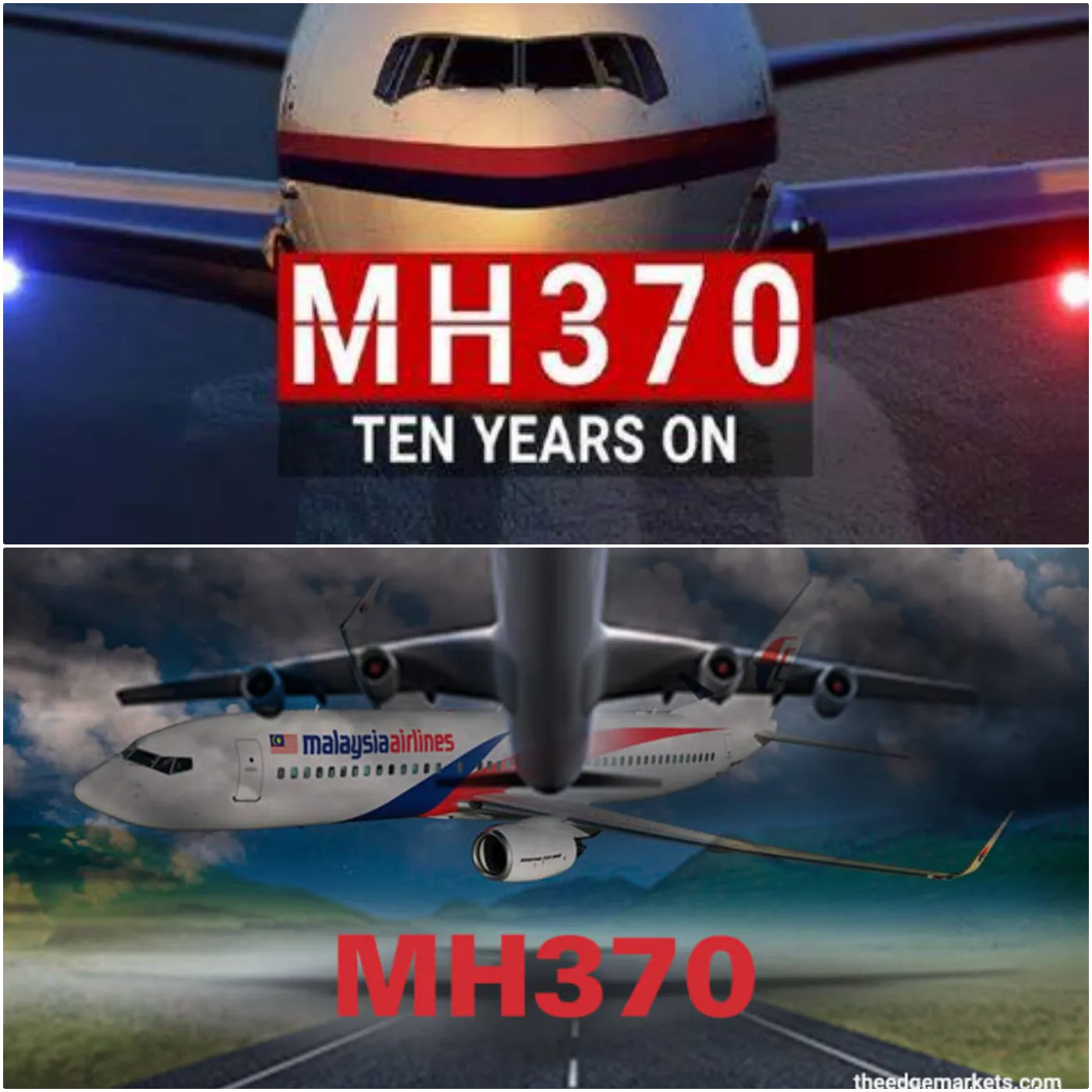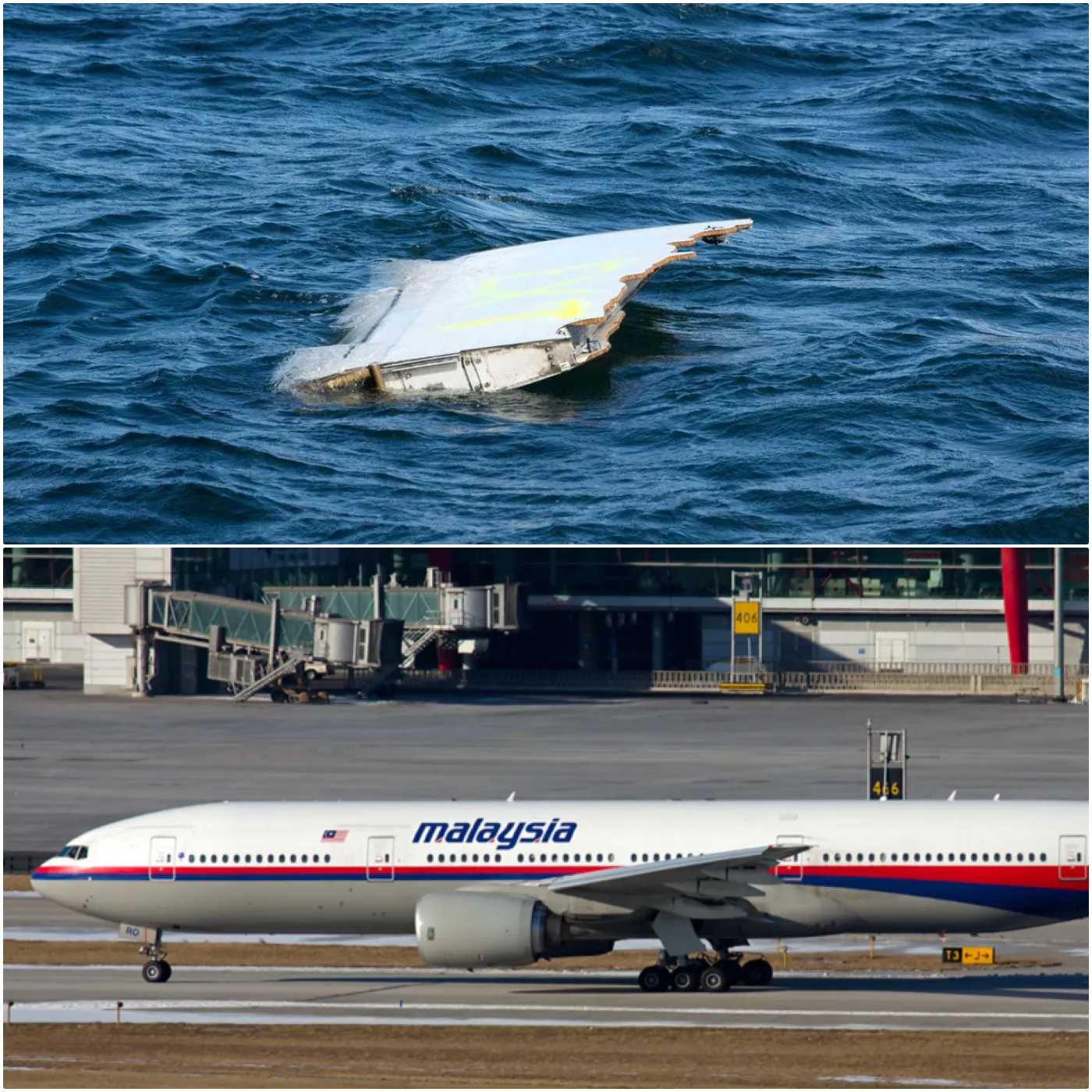

Theories and Speculations: What Could Have Caused MH370 to Vanish?
Theories and Speculations: What Could Have Caused MH370 to Vanish?
Malaysia Airlines Flight MH370 remains one of the greatest aviation mysteries of all time. On March 8, 2014, the Boeing 777-200ER vanished from radar while en route from Kuala Lumpur to Beijing, carrying 239 passengers and crew. Despite one of the most extensive and expensive search operations in history, the main wreckage has never been found, fueling countless theories and speculations about what could have happened.

From pilot suicide to hijacking, terrorism, mechanical failure, and even military cover-ups, experts and investigators have debated various possibilities. Below, we explore the most prominent theories surrounding the disappearance of MH370.

1. The Pilot Suicide Theory
One of the most widely discussed theories is that Captain Zaharie Ahmad Shah, the 53-year-old pilot in command, deliberately crashed the aircraft in a case of pilot suicide. This theory is largely based on the flight path deviations, intentional disabling of communications, and a flight simulator found in the captain’s home.

Evidence Supporting the Theory:
-
Flight Path Deviations:
- After taking off and reaching cruising altitude, MH370 deviated sharply from its planned route.
- It turned westward over the Malaysian Peninsula, followed by another turn southward over the Indian Ocean.
- Investigators suggested that these turns were deliberate manual inputs, not an autopilot failure.
-
Flight Simulator Data:
- A flight simulator from Captain Zaharie’s home contained a simulated route leading to the Southern Indian Ocean, strikingly similar to MH370’s final presumed trajectory.
- Some claim this was a rehearsal for a suicide mission, while others argue it proves nothing conclusive.
-
Controlled Flight Until Fuel Exhaustion:
- Analysis of satellite data indicates the aircraft continued flying for several hours before running out of fuel and likely crashing into the ocean.
- Experts argue that someone had to be in control of the plane, as no distress signals were sent, suggesting a deliberate act rather than an accident.
Counterarguments:
-
No Suicide Note or Motive:
- Unlike other documented cases of pilot suicide, Captain Zaharie left no note, no evidence of financial distress, nor any clear motive.
- Friends and colleagues described him as a passionate and professional pilot with no history of mental illness.
-
Second Pilot in the Cockpit:
- First Officer Fariq Abdul Hamid was also present, making it unclear how a deliberate act could have been executed without resistance.
While this theory remains one of the most plausible, it has not been officially confirmed, leaving room for other possibilities.
2. Hijacking and Terrorism Possibilities
Another widely considered theory is that MH370 was hijacked, either by passengers, crew members, or external actors.
Possible Hijacking Scenarios:
-
Cockpit Breach by a Terrorist or Hijacker:
- Some believe that a hijacker forced entry into the cockpit, took control, and diverted the flight to an unknown destination.
- There were two Iranian passengers onboard traveling with stolen passports, initially raising suspicion. However, no evidence was found linking them to a terrorist group.
-
Crew-Initiated Hijacking:
- Some speculate a crew member, possibly even the pilot, may have hijacked the plane for political or personal reasons.
-
Cyber Hijacking or Remote Takeover:
- Some conspiracy theories claim MH370 could have been remotely hacked, although no credible evidence supports this idea.
Why the Terrorism Theory Lost Credibility:
-
No Group Claimed Responsibility:
- Unlike previous terrorist incidents (e.g., 9/11), no extremist group ever claimed responsibility for MH370’s disappearance.
-
Flight Path Over Remote Ocean Instead of a Targeted Attack:
- Terrorist hijackings typically aim for political or symbolic targets, but MH370’s presumed crash site was in the middle of the Indian Ocean—an unlikely location for a terrorist operation.
Although hijacking remains a possibility, there is no concrete evidence to support this theory.
3. Mechanical Failure and Decompression Scenarios
While many believe the disappearance was intentional, some experts argue that MH370 could have suffered a catastrophic mechanical failure, leading to gradual decompression and loss of control.
Possible Mechanical Failures:
-
Electrical Failure and Communication Loss:
- A major electrical failure could have disabled communications and caused loss of cabin pressure, incapacitating the crew.
- The aircraft may have continued flying on autopilot until fuel exhaustion.
-
Slow Decompression:
- A gradual cabin decompression could have rendered the crew unconscious, leading the plane to fly on autopilot until it crashed.
- Similar to the Helios Airways Flight 522 (2005) disaster, where a cabin pressure loss caused all occupants to lose consciousness while the plane continued flying.
Issues with This Theory:
-
No Mayday Call:
- In cases of mechanical failure, pilots typically attempt to communicate distress.
- MH370’s transponder and ACARS were deliberately turned off, which suggests human intervention rather than a sudden failure.
-
The Strange Flight Path:
- A mechanical failure would not explain why MH370 changed course multiple times, unless someone was in control.
Although this theory is technically possible, the intentional actions observed in MH370’s flight path suggest human involvement rather than an accident.
4. Military Shootdown and Cover-Up Theories
One of the more controversial theories is that MH370 was shot down by a military force, and its disappearance was covered up.
Why Would MH370 Be Shot Down?
-
Entering Restricted Airspace:
- Some believe MH370 strayed into military airspace (e.g., over the Indian Ocean or near Diego Garcia, a U.S. military base), prompting a shootdown.
-
Mistaken Identity:
- Theories suggest a military force mistook MH370 for a hostile aircraft, similar to past incidents like:
- Korean Air Flight 007 (shot down by the Soviet Union in 1983).
- Iran Air Flight 655 (shot down by the U.S. Navy in 1988).
- Theories suggest a military force mistook MH370 for a hostile aircraft, similar to past incidents like:
Cover-Up Possibilities:
-
Lack of Military Radar Data:
- Some speculate that military forces may have detected MH370 but refused to disclose their radar data, possibly hiding involvement in the incident.
-
Diego Garcia Conspiracy:
- A popular conspiracy suggests MH370 was secretly landed at the U.S. military base Diego Garcia, although no credible evidence supports this claim.
Why This Theory Lacks Evidence:
-
No Debris from an Explosion:
- If MH370 had been shot down, debris would have been scattered across a wide area, yet no such evidence was found.
-
No Confirmed Radar Intercepts:
- No military radar system has provided definitive proof of a missile strike or military engagement.
While military cover-ups are possible, this theory remains highly speculative.
Conclusion: A Mystery That May Never Be Solved
The disappearance of MH370 remains one of aviation’s greatest mysteries. While the pilot suicide theory has the strongest circumstantial evidence, no definitive proof exists. Other theories, such as hijacking, mechanical failure, and military intervention, remain plausible but unproven.
Until the wreckage and black boxes are found, the fate of MH370 will continue to fuel speculation and mystery.


















